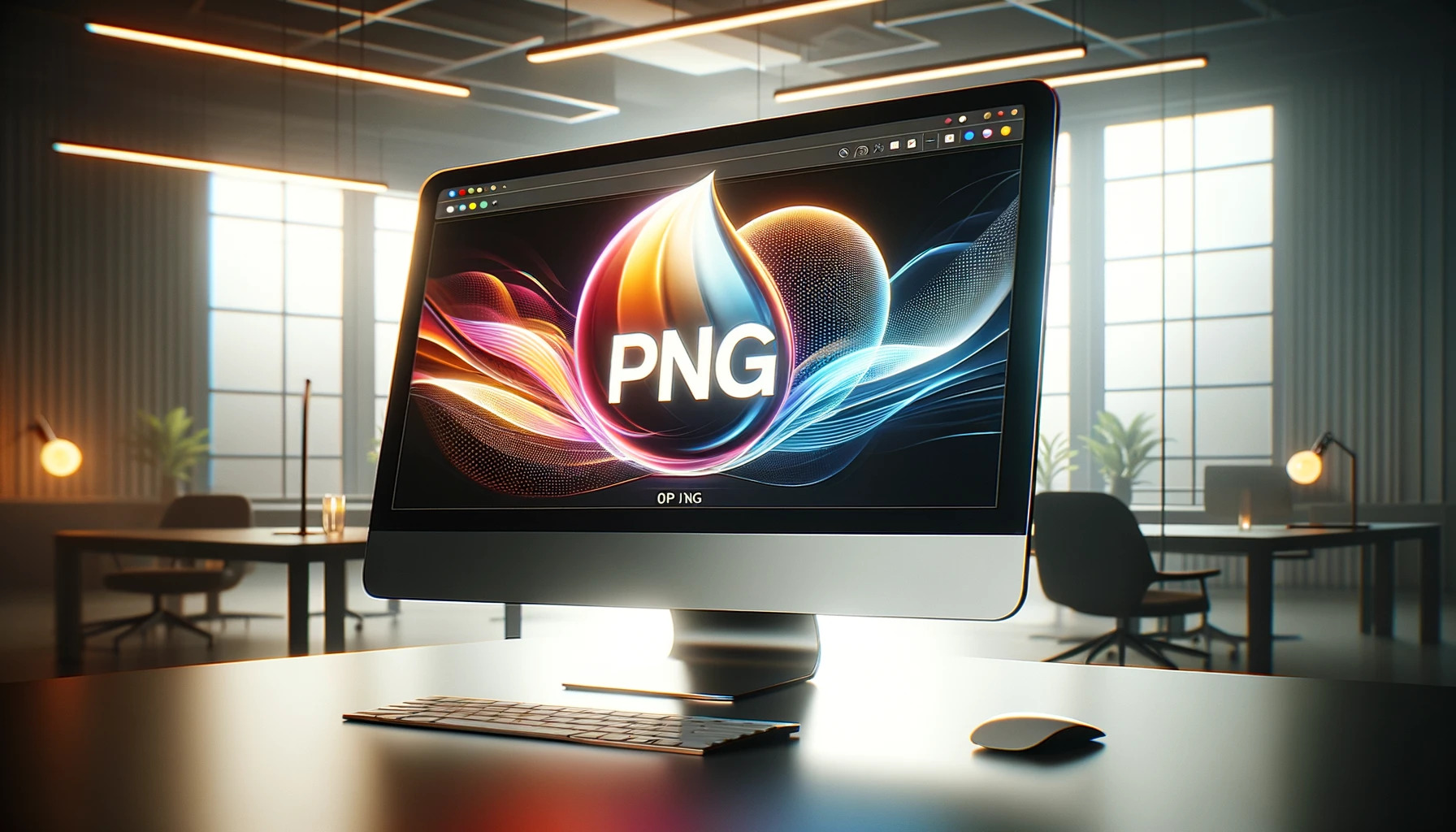How to Test the Loading Speed of Your PNG Images
By Morris
Published March 20, 2024
 How to Test the Loading Speed of Your PNG Images
How to Test the Loading Speed of Your PNG Images
In the fast-paced digital world, the speed at which your website's images load can significantly impact user experience, engagement, and even SEO rankings. This is especially true for PNG images, known for their high-quality transparency features but also for their potentially large file sizes. Testing and optimizing the loading speed of your PNG images is crucial for maintaining an efficient, user-friendly site. Here's how you can do it, with a mix of creativity, bustiness, and precision.
Understanding the Importance of PNG Images
PNG (Portable Network Graphics) images are a preferred choice for web designers and developers due to their lossless compression. Unlike JPEGs, PNGs can maintain visual quality even after compression, making them ideal for logos, icons, and any graphics requiring transparency. However, the higher quality of PNGs often comes with increased file sizes, which can slow down your website if not properly managed.
Step 1: Assess Your Current PNG Image Loading Speed
Before diving into optimization, it's essential to understand where you stand. Several tools can help you assess the loading speed of your PNG images, including Google's PageSpeed Insights, GTmetrix, and Pingdom. These tools provide comprehensive insights into your website's overall performance, including image load times. By analyzing your site through these lenses, you can pinpoint PNG images that may be dragging down your speed.
Step 2: Optimize Your PNG Images
After identifying which PNG images are affecting your site's loading speed, the next step is to optimize them. PNG optimization can be achieved through various methods:
- Reduce the dimensions of your images to the exact size they will be displayed on your site.
- Compress your PNG images without losing quality, using tools like TinyPNG or ImageOptim.
- Consider PNG file size reduction techniques, such as lowering the color depth or removing unnecessary metadata.
These steps can significantly improve your images' loading times without compromising their quality.
Step 3: Implement PNG Images SEO Optimization
Optimizing PNG images for SEO is a critical aspect often overlooked. Ensuring your images are optimized for search engines involves:
- Using descriptive, keyword-rich file names.
- Adding appropriate alt text to every image, providing context and improving accessibility.
- Leveraging browser caching, where browsers can store loaded images for faster retrieval on subsequent visits.
Step 4: Use Responsive Images to Optimize PNG for Mobile
With the increasing use of mobile devices to access the web, it's essential to optimize PNG for mobile. This involves implementing responsive images that adjust in size based on the device's screen. HTML5 offers the srcset attribute, allowing you to specify multiple versions of an image for different screen sizes, ensuring that mobile users load images quickly and efficiently.
Step 5: Continuously Monitor and Test Your Images
Optimizing your PNG images is not a one-time task but an ongoing process. As you update your website and add new content, continuously monitoring and testing your images' loading speed is crucial. Regularly use the tools mentioned in step 1 to keep track of your site's performance and make adjustments as needed.
Conclusion
In the quest for a lightning-fast website, taking the time to test and optimize the loading speed of your PNG images is a task that pays dividends in user experience and site performance. By following the steps outlined above, from initial assessment to continuous monitoring, you can ensure your PNG images contribute positively to your site's overall speed and efficiency. Remember, in the digital realm, speed is not just a luxury—it's a necessity for success.